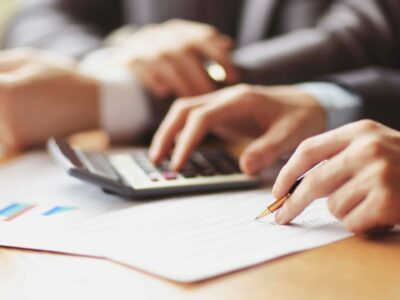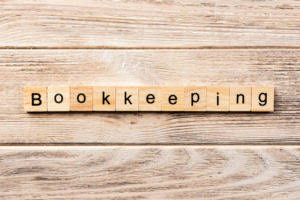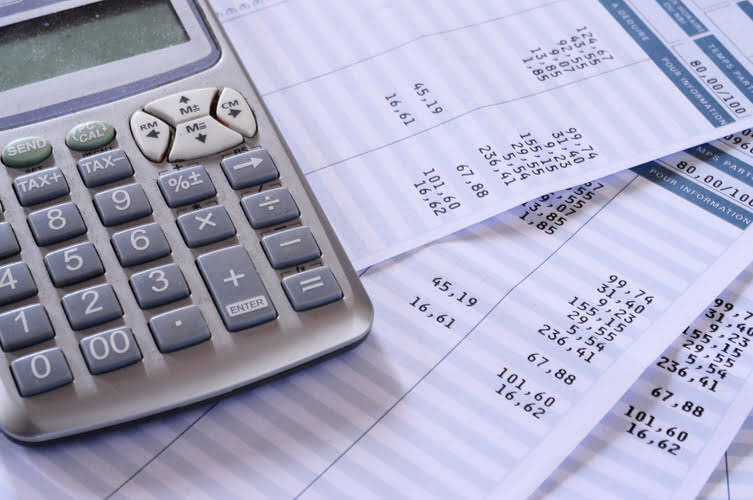

When it comes to taxes, this approach can help your business reduce its tax liability during double declining depreciation the crucial early years of asset ownership. Depreciation is the process of allocating the cost of a tangible asset over its useful life. It reflects the asset’s reduction in value due to wear and tear, obsolescence, or age. Depreciation helps businesses match expenses with revenues generated by the asset, ensuring accurate financial reporting. Whether you’re a seasoned finance professional or new to accounting, this blog will provide you with a clear, easy-to-understand guide on how to implement this powerful depreciation method. We’ll explore what the double declining balance method is, how to calculate it, and how it stacks up against the more traditional Straight Line Depreciation method.


Calculating Depreciation Using the DDB Method


In some cases, we earn commissions when sales are made through our referrals. These financial relationships support our content but do not dictate our recommendations. Our editorial team independently evaluates products based on thousands of hours of research.
- The depreciation expense recorded under the double declining method is calculated by multiplying the accelerated rate, 36.0% by the beginning PP&E balance in each period.
- This method is simpler and more conservative in its approach, as it does not account for the front-loaded wear and tear that some assets may experience.
- This approach ensures that depreciation expense is directly tied to an asset’s production or usage levels.
- It is therefore specifically important for accountants to understand the different methods used in depreciating assets as this constitutes an important area to be taken care of by accounting professionals.
- This results in depreciation being the highest in the first year of ownership and declining over time.
- The rules of some countries specify lives and methods to be used for particular types of assets.
- This is preferable for businesses that may not be profitable yet and, therefore, may be unable to capitalize on greater depreciation write-offs or businesses that turn equipment assets over quickly.
Calculating Double Declining Depreciation
The beginning of period (BoP) book value of the PP&E for Year 1 is linked to our purchase cost cell, i.e. However, the management teams of public companies tend to be short-term oriented due to the requirement to report quarterly earnings (10-Q) and uphold their company’s share price. Since public companies are incentivized to increase shareholder value (and thus, their share price), it is often in their best interests to recognize depreciation more gradually using the straight-line method. However, one counterargument is that it often takes time for companies to utilize the full capacity of an asset until some time has passed. 10 × actual production will give the depreciation cost of the current year.
Accounts
To create a depreciation schedule, plot out the depreciation amount each year for the entire recovery period of an asset. (An example might be an apple tree that produces fewer and fewer apples as the years go by.) Naturally, you have to pay taxes on that QuickBooks income. But you can reduce that tax obligation by writing off more of the asset early on.
Salvage Value and Book Value: How Double Declining Balance Depreciation Method Works


Tax regulations, such as IRC Section 168, often favor Bookkeeping for Veterinarians accelerated methods for tax deferral benefits, allowing businesses to reduce taxable income more significantly in the early years. Under GAAP and IFRS, companies can select methods aligning with asset usage patterns, reflecting economic realities more accurately. Business owners do not want to worry about depreciation schedules and various depreciation methods. In contrast to straight-line depreciation, DDB depreciation is highest in the first year and then decreases over subsequent years. This makes it ideal for assets that typically lose the most value during the first years of ownership. HighRadius offers a cloud-based Record to Report Suite that helps accounting professionals streamline and automate the financial close process for businesses.
- Sign up to receive more well-researched small business articles and topics in your inbox, personalized for you.
- DDB is a specific form of declining balance depreciation that doubles the straight-line rate, accelerating expense recognition.
- For this reason, DDB is the most appropriate depreciation method for this type of asset.
- If it produces 20,000 units in a year, the depreciation expense is $10,000, reflecting the asset’s contribution to production.
- Choosing the right depreciation method is essential for accurate financial reporting and strategic tax planning.
- This method can help manage financial ratios by aligning depreciation with revenue generation patterns.
- Depreciation is any method of allocating such net cost to those periods in which the organization is expected to benefit from the use of the asset.
Canada’s Capital Cost Allowance are fixed percentages of assets within a class or type of asset. The fixed percentage is multiplied by the tax basis of assets in service to determine the capital allowance deduction. Capital allowance calculations may be based on the total set of assets, on sets or pools by year (vintage pools) or pools by classes of assets… The double declining balance method is a method used to depreciate the value of an asset over time.


Even if the double declining method could be more appropriate for a company, i.e. its fixed assets drop off in value drastically over time, the straight-line depreciation method is far more prevalent in practice. Double declining balance depreciation is an accelerated depreciation method that charges twice the rate of straight-line deprecation on the asset’s carrying value at the start of each accounting period. Since double-declining-balance depreciation does not always depreciate an asset fully by its end of life, some methods also compute a straight-line depreciation each year, and apply the greater of the two. This has the effect of converting from declining-balance depreciation to straight-line depreciation at a midpoint in the asset’s life. The double declining balance depreciation method is one way to account for the useful life of assets and we are going to explain and demonstrate how it works.
